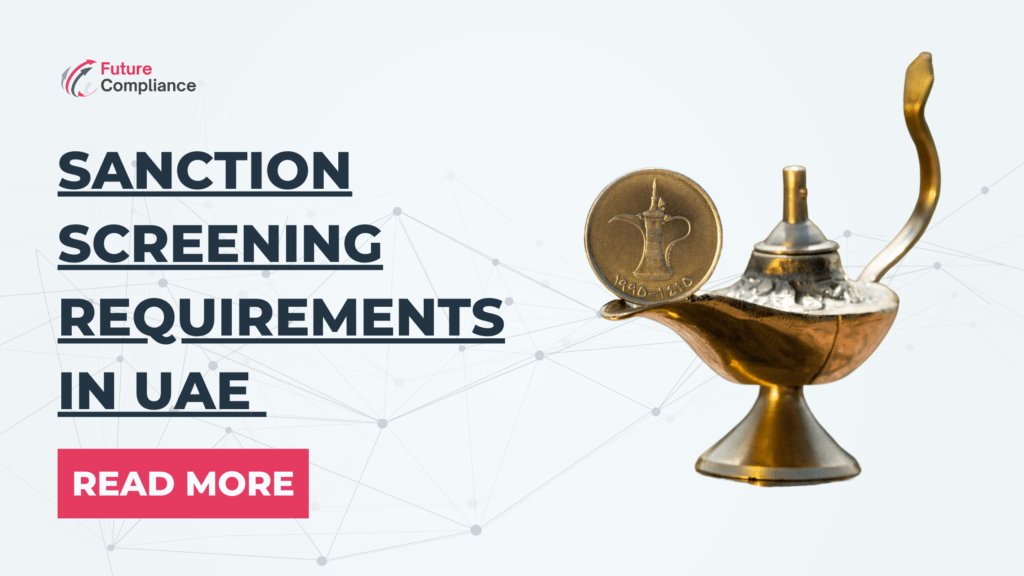Introduction
In today’s complex financial landscape, Anti-Money Laundering (AML) training is a vital element for businesses to protect themselves from financial crimes. The increasing sophistication of money laundering techniques means that employees must be equipped with the necessary knowledge and skills to detect suspicious activities. This article explores why AML training is critical, key elements of an effective program, and answers common questions about AML compliance.
Table of Contents
ToggleWhy is AML Training Important?
AML training helps employees recognize and address money laundering activities. Here’s why it is essential:
-
Regulatory Compliance:
Businesses in various industries, especially in financial services, are required by law to comply with AML regulations. Failure to do so can result in hefty fines or even criminal charges. AML training ensures that your employees understand these legal requirements and can comply with them effectively.
-
Preventing Financial Crimes:
Money laundering is often linked to other criminal activities, such as drug trafficking or terrorism financing. Proper training allows employees to spot suspicious behavior, such as unusually large transactions or customers who are reluctant to provide identification. By identifying these red flags early, businesses can report them to the relevant authorities, preventing the crime before it escalates.
-
Protecting Your Business Reputation:
Being associated with money laundering, even unintentionally, can severely damage a company’s reputation. AML training not only reduces the likelihood of illegal activities but also helps in safeguarding the business’s integrity and trust with clients and stakeholders.
What is Critical Thinking in AML?
Critical thinking in AML refers to the ability of employees to analyze situations, identify potential money laundering threats, and make informed decisions. This involves:
- Questioning unusual activities: Employees are trained to ask questions when something doesn’t seem right, whether it’s an unusually large deposit or a customer who avoids providing personal details.
- Risk assessment: By evaluating a customer’s financial background and behavior, employees can assess whether the customer poses a potential risk for money laundering or financing terrorism.
- Reporting: After identifying suspicious activity, employees must understand how to report it to the right authorities, ensuring timely action is taken.
Key Elements of an Effective AML Compliance Training Program
An effective AML training program should cover several important components to ensure comprehensive employee understanding. These include:
-
Understanding AML Regulations:
Employees must be familiar with national and international AML regulations. This knowledge helps them understand their obligations and the broader context of financial crime prevention.
-
Customer Due Diligence (CDD):
CDD is crucial in the fight against money laundering. Employees need to know how to verify the identities of customers, assess their risk level, and monitor transactions over time.
-
Suspicious Activity Identification:
A core part of AML training involves teaching employees how to spot suspicious activities. This includes unusual transactions, odd patterns of behavior, or inconsistencies in customer records. Recognizing these red flags is vital for timely intervention.
-
Reporting and Record-Keeping:
Employees should be trained on the proper procedures for reporting suspicious activities to authorities. This includes maintaining detailed records of the reports, which are necessary for future audits and compliance checks.
-
The Role of Technology:
Many organizations use software solutions to monitor and detect suspicious activities. Employees need training on how to use these tools effectively, ensuring that technology complements their vigilance in spotting financial crimes.
Is AML Training Mandatory?
Yes, AML training is mandatory for organizations that fall under certain regulatory frameworks. These typically include:
- Financial institutions: Banks, insurance companies, and investment firms are required by law to conduct regular AML training for their staff.
- Designated Non-Financial Businesses and Professions (DNFBPs): This includes sectors like real estate, law firms, and casinos, which are also subject to AML regulations.
- Virtual Asset Service Providers (VASPs): With the rise of cryptocurrencies, companies dealing in virtual assets must ensure their staff is adequately trained to prevent money laundering through digital currencies.
Organizations are expected to offer regular refresher courses to keep employees up-to-date with evolving money laundering tactics and regulatory changes.
Conclusion
AML training is a cornerstone of a strong compliance program. It equips employees with the necessary skills to spot suspicious activities, comply with legal regulations, and protect the business from potential financial crime risks. Whether it’s fulfilling regulatory requirements or protecting the company’s reputation, AML training should be an ongoing priority for all businesses, especially those dealing in high-risk areas like finance and real estate.
FAQ Section: Common Questions about AML Training
Q1: Why is AML training mandatory?
AML training is mandatory because it helps businesses comply with legal requirements, prevents financial crimes, and ensures that employees are aware of their roles in detecting and reporting suspicious activities.
Q2: What are the consequences of failing to provide AML training?
Failure to provide AML training can lead to severe penalties, including fines, legal repercussions, and reputational damage. It can also make businesses vulnerable to money laundering activities.
Q3: How often should AML training be conducted?
AML training should be conducted regularly, with annual refresher courses being the minimum. However, training should be more frequent in industries with higher money laundering risks.




